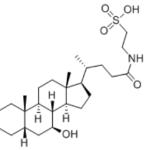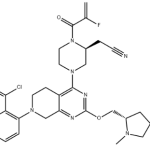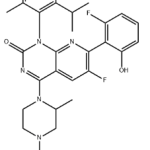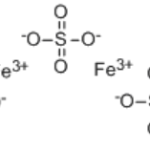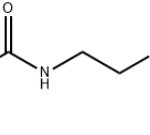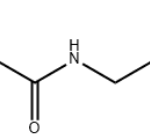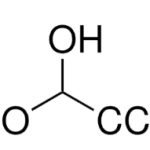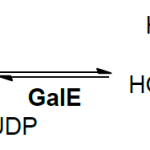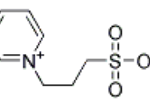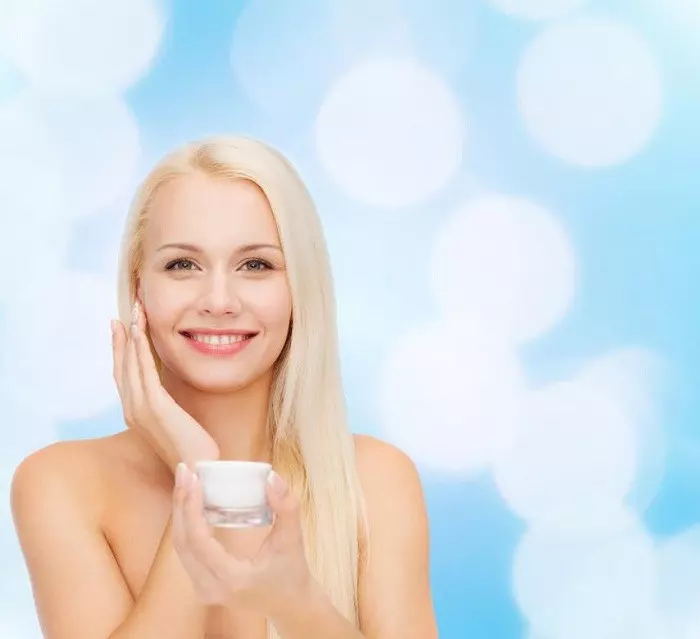
Have you ever wondered what makes skin whitening products work ? The active part of the formulation that makes these products effective, thereby contributing to the huge success of some popular brands such as Olay ? Today, we reveal the secret.
It’s a chemical compound called undecylenoyl phenylalanine.
What is Undecylenoyl Phenylalanine ?
It is a chemical compound — a substituted amino acid derivative — that is used in skin conditioning agents in different brands of whitening creams and other skin care topical products. The compound helps regulate skin pigmentation, thereby, improving skin tone and its fairness.Wait, then what is Sepiwhite ?
Sepiwhite is basically the commercial name under which undecylenoyl phenylalanine is marketed.Is It an Organic Compound or a Non-Inorganic Compound ?
It is an organic compound.How It Works ?
To understand how the organic compound works, one must first understand the process of skin tone regulation. Skin tone is dependent on the production rate of skin pigment called melanin. The higher the production rate, the higher the skin melanin content, and the darker the skin tone. The skin cells that produce melanin are called melanocytes. For melanin production, melanocytes rely on an enzyme called tyrosinase. The activity of tyrosinase is in turn regulated by a hormone called melanotropin through a positive feedback mechanism. To summarize :Melanotropin binds to tyrosinase. The enzyme then catalyzes the process of melanin production.
Our compound in subject — undecylenoyl phenylalanine — competitively binds with tyrosinase. As it competitively binds to tyrosinase, melanotropin cannot bind to the enzyme. With no melanotropin, the enzyme cannot synthesize the production of melanin. Hence, the lower the melanin content in the skin, the fairer the skin tone.What Skin Conditions the Compound Can Be Used to Treat ?
Apart from being used as skin whitening agent, the organic compound can also be used to treat :- Liver spots
- Age spots
- Sun spots
- Hyper pigmentation

